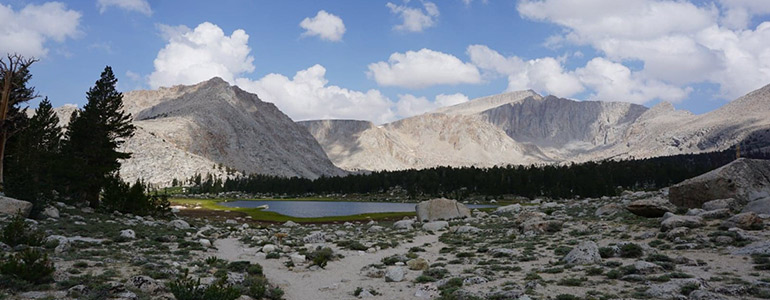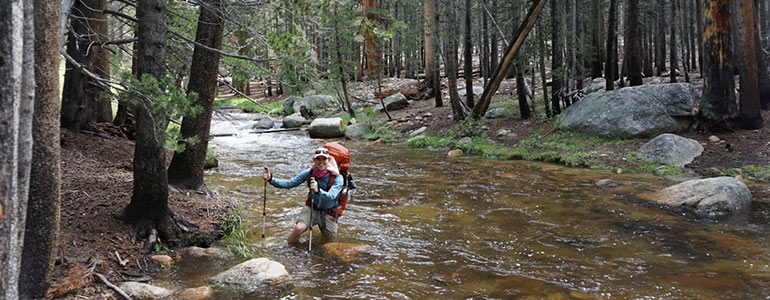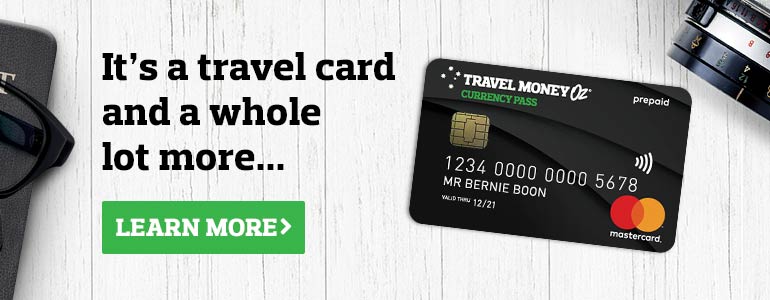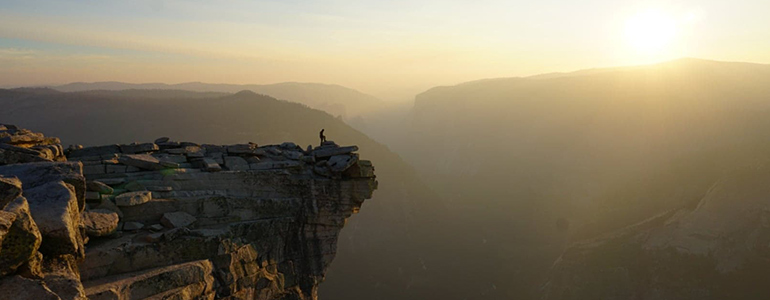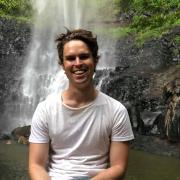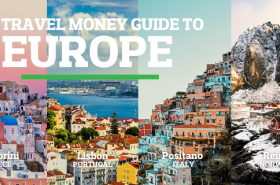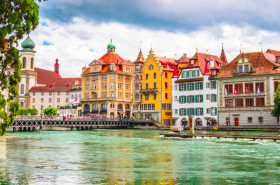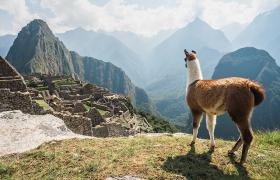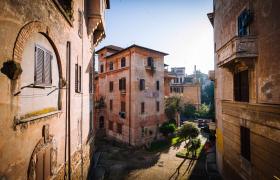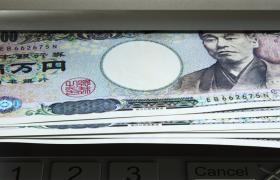Quick Contact

4th April 2019
The last few years have seen hiking become increasingly popular. Suddenly the Instagram feed is full of every man and his dog (literally) ascending gorgeous peaks in search of something more; a sunset, some peace and quiet, a sincere appreciation of nature, a bolt of adrenaline or simply a good workout.
Day hikes aside, there is a growing trend of individuals travelling far and wide to take on mammoth walks. No longer is it a Sunday morning activity, but rather something that takes up all of your annual leave.
Popular hikes, and their currency include:
- Everest Base Camp, Nepal, Nepalese rupee
- Pacific Crest Trail, USA, United States Dollar
- El Camino de Santiago, France and Spain, Euro
- Overland Track, Australia, Australian Dollar
- Inca Trail, Peru, Nuevo Sol
- The Fitzroy Trek, Patagonia, Chilean Peso
- Routeburn Track, New Zealand, New Zealand Dollar
Taking the hike overseas and turning it into a holiday of sorts adds a whole new dimension: How much do you pack? What kind of travel insurance do you need? What can you buy there versus here in Australia? How much money should you budget for a hike like this? Should you take cash or card?
We weren’t going to pretend to know this information, so instead, we searched for someone that has actually experienced it.
Meet James. Last year he trecked the John Muir Trail in California, which is a segment of the longer Pacific Crest Trail. It took him from the desert-like town of Lone Pine to the picturesque Yosemite National Park, through the 4000m+ Sierra mountains. The hike was almost 340kms and took him about three weeks to complete. Before this, he did plenty of training hikes through some of Queensland’s “great walks” - a great way to test your gear and increase your endurance.
We asked James for some insight into how he divided his budget and spent his money both before and during the hike.
How did you divide your total budget and save money?
Most of my budget was spent before leaving the country. Hiking gear can be expensive, and there are so many ‘must-have items’ that can cause your costs to skyrocket.
If you’re on a budget, or just don’t want to take out a mortgage to afford your hike, your best bet to save some cash is to go to the gym and learn to carry a slightly heavier pack.
Having a pack weight of less than 15kgs is expensive, but if you can cope with carrying just another 3-5kg, you can opt for much cheaper options.
The items you don't want to cheap out on are your shoes, mat and sleeping bags – these are your friends, and if they're good enough you'll learn to love sleeping “cowboy” style without a tent.
My most expensive item was a satellite device which my buddy and I used to text our family's once a day – a great idea for longer trips or needy girlfriends. As a rough idea, I spent close to $2000 total on gear including my tent, mat, thermals, shoes, cooker, bear bucket (yes, you need to hide your food from the bears) and face mosquito net (great for repelling both mosquitos and ladies on the hike) amongst other things. This cost was a significant part of my budget and occurred before I even started the trek. Other people I met were able to spend far less by chasing second-hand sales which is also a great option.
These costs came in conjunction with standard travel costs like flights, travel insurance, pre and post-hike accommodation and any transport.
While on the hike, where and how did you spend your money?
During the hike, I spent money at local ranches on the trail as well as small towns nearby. At one stage we had to head into town to visit a doctor. Apart from that, there are some pit stops along the hike where you can pick up the food you had sent in advance and have a proper meal at a local ranch.
Some places accepted a card, and I would have definitely have preferred to avoid taking cash, but I wouldn’t risk not having at least $100USD put aside in a small waterproof bag with some small denominations just in case. This was particularly pertinent in the States where tipping is expected. Luckily, bears aren't attracted to paper bills, so you're sweet to wave them around safely.
My friends used their credit cards and were hit with some pretty gnarly fees so I would recommend using a travel card instead. For the hike itself, you can probably divide your budget by having 60% as cash and 40% on a card.
Do you have any money-saving hacks for hiking, or generally travelling in America?
Saving money when hiking comes with choosing the right gear first time, being ready to carry a few more kg’s and being comfortable with second-hand equipment.
In America, there is a store called REI. It stands for Recreational Equipment, Inc, but my friends called it ‘return everything incorporated’ (seriously, check out their returns policy). As a result, they have some excellent garage sales with super low prices. You can also check out Craigslist, which is like our Gumtree, to pick up second-hand packs, hiking poles and tents.
Another tip for saving cash is to be comfortable eating a variety of foods. This will enable you to buy from the local stores, rather than packing and sending food forward which can cause costs to add up quickly.
When you get to pit stops, you’ll find hiking boxes full of food that other hikers have had to ditch because they couldn’t fit it in their bag. If you’re flexible, you will be fit to eat like a King. Seriously, I saw three 40cm-long salami sticks in one of these boxes.
Do you have any other tips and tricks for first-time hikers?
- Cous-cous is your best friend. Throw a bit of curry paste, jerky and almonds in with it, and you'll look like the pro next to everyone else who is waiting 10 minutes for their $10 dehydrated beef curry to cook.
- Research is essential, but there is no point dedicating heaps of time and money to hiking unless you know it’s something you really want to do. So, stop spending all your time researching and find 10L of water, a backpack, some shoes and go for a 10-20km walk. After a few walks, you'll feel super strong, and that scary 5- or 100-day hike will start to feel achievable.
- I definitely recommend a trip to your physio after a few practice overnight hikes, to make sure any niggles you have don't become trip-preventing injuries and cost you a heap of money overseas.
Sunset at Half Dome in Yosemite was an incredible way to end the hike.
- Make sure your travel insurance covers you up to the highest peak of your hike. For me, it was 4505metres. Chat to your travel agent, and they will be able to ensure you are covered for everything. I saw people get airlifted out of remote locations from a broken leg or sprained ankle - something that could quite literally cost an arm and a leg if you don’t have travel insurance.
- Book yourself somewhere nice for your post-hike accommodation. I’m talking robes, king-sized beds, a spa bath, the works! Trust me, you’ll want it after a few weeks in the wilderness.
As you can see, hiking definitely isn’t for the faint-hearted, and the majority of your costs will occur before you even depart Australia. With that in mind, immersing yourself in nature like that is a one of a kind experience and something to consider if you are after a slightly different holiday.
For more information on what currency you’ll need for your hike, budget tips or to find an insurance policy to meet your needs, visit the Travel Money experts at a store near you.
This blog is provided for information only and does not take into consideration your objectives, financial situation or needs. You should consider whether the information and suggestions contained in any blog entry are appropriate for you, having regard to your own objectives, financial situation and needs. While we take reasonable care in providing the blog, we give no warranties or representations that it is complete or accurate, or is appropriate for you. We are not liable for any loss caused, whether due to negligence or otherwise, arising from the use of, or reliance on, the information and/or suggestions contained in this blog.
*Terms and conditions apply to Best Price Guarantee. See https://www.travelmoneyoz.com/best-price-guarantee for more details.
